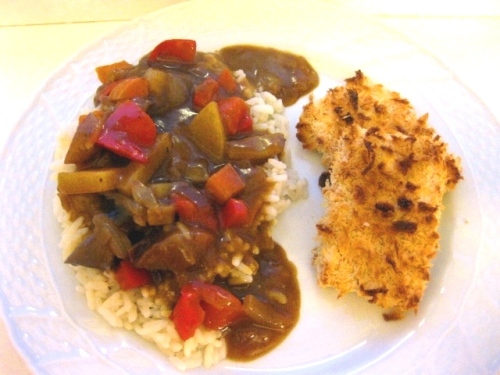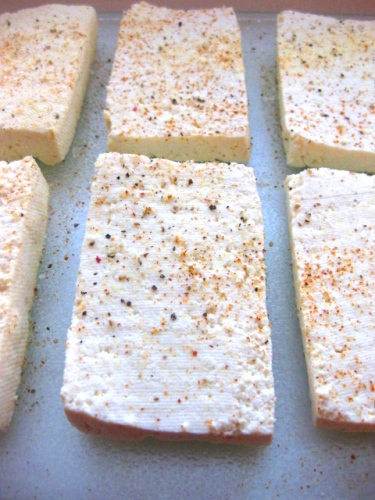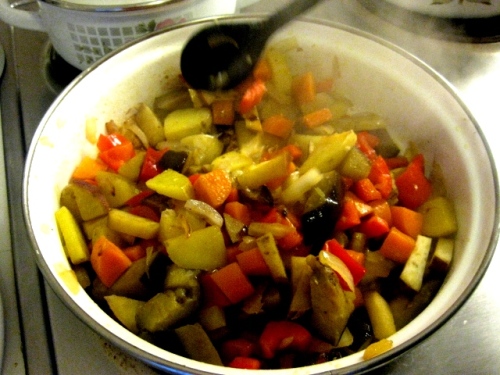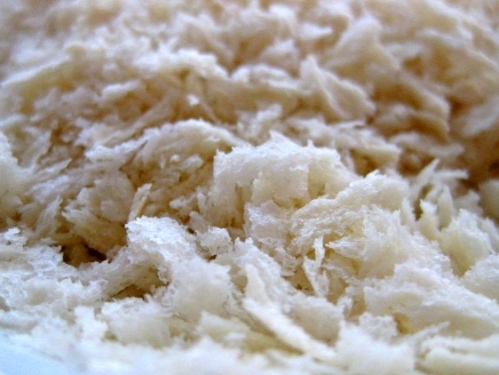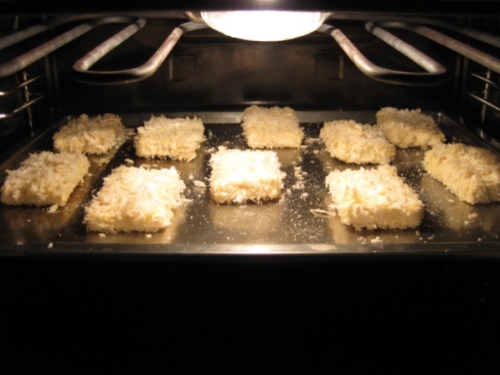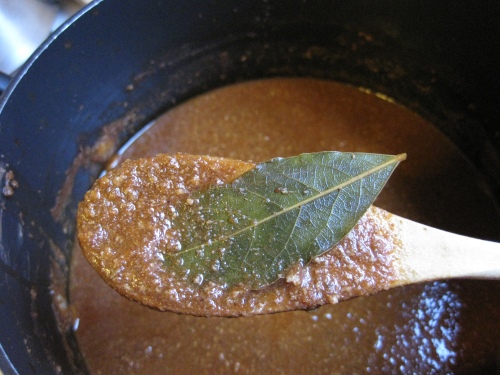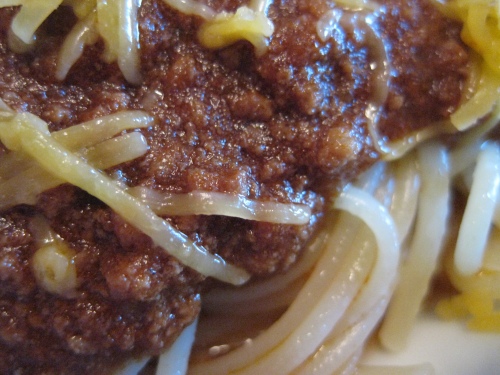I started taking French cooking classes at my local community college, and it’s been the calorie-rich highlight of my weeks. Because the course is conducted in German, I not only get to learn the finer points of butter and egg yolks, I can also practice my umlauts. It’s been a great experience, and I wanted to share the highlights with you here. Think of this as French cooking class light: all of the good stuff, none of the overcooked chicken livers.
So far, the dish that has impressed me most was one of the easiest. I mean, really, who gets excited about lentil soup? Sometimes I feel like despite the massive number of ingredients and herbs I throw in, it’s just uninspiring.
Leave it to the French to elevate the humble brown lentil.
Well, this French lentil soup has taught me the wisdom in keeping it simple. Its flavor is practically the inverse of the time and ingredients involved. Not only is it easy to make and flavorful, I like it enough that I’d serve it to company. The French must be on to something. They know a) how to extract the most flavor from a few key ingredients, and b) not to muddle up dishes with too many herbs and competing flavors.
Simple, non?
Without further ado, here’s the recipe. I’d love to keep talking it up, but it’s a rare sunny day in Berlin, and the sidewalks are calling my name! I’ll report back with more French hits soon.
-3/4 c. brown lentils (or French green “du Puy” lentils; I’ve made it both ways), rinsed and picked over
-1 sm. onion, chopped
-2 strips bacon, chopped
-2 Tbsp. butter, divided
-2-3 Tbsp. balsamic vinegar, divided
-3 1/3 c. vegetable broth, warm
-1/2 bunch fresh parsley
-3 sprigs fresh thyme
-handful of celery tops, optional
-scant 1/2 tsp. Dijon mustard
-freshly ground black pepper, to taste
1. In a medium pot on medium-low heat, sauté the chopped bacon to render some of the fat, about 2 min. Keep the heat low so that the bacon does not get crispy. Add the chopped onion and 1/2 tablespoon butter and sweat until translucent.
2. Add the broth, 1 tablespoon of balsamic vinegar, and the lentils to the pot. Cover and simmer 20 minutes.
3. Add the parsley (whole), thyme sprigs, and celery tops to the pot. Simmer covered 10-15 minutes more, or just until the lentils are tender. Check doneness occasionally to prevent overcooking.
4. In a small saucepan or skillet, brown the remaining 1 1/2 Tbsp. butter. Set aside. It should be a deep golden brown, but not black. (more…)









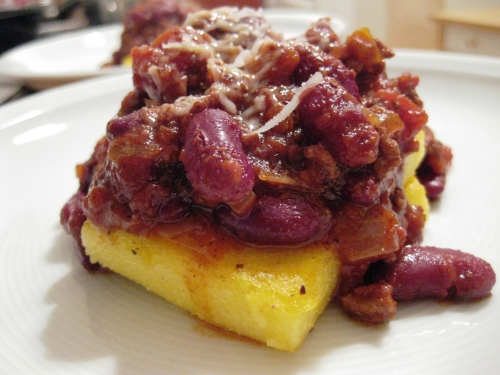


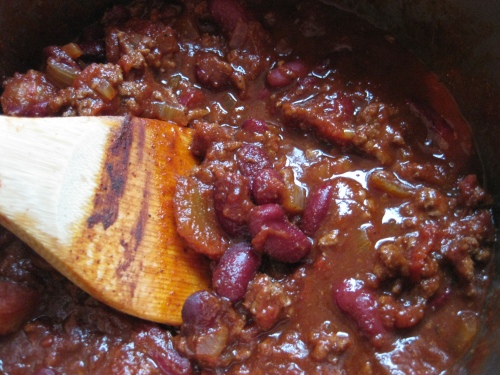
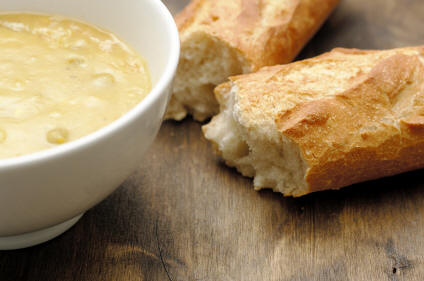

 A little butter is key to this recipe’s success.
A little butter is key to this recipe’s success. 
